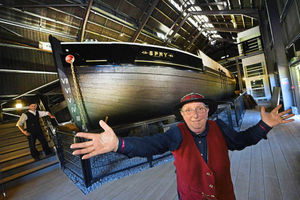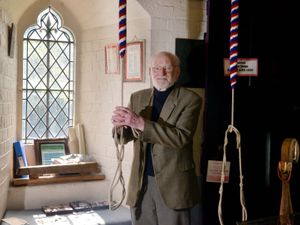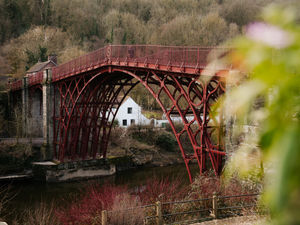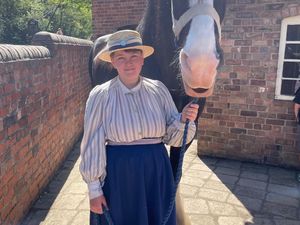Ironbridge museum to share boats' history
Two new buildings housing three nationally important river boats were today opening to the public at Blists Hill Victorian Town.

It comes as the Ironbridge museum aims to tell the story of transport on England's waterways and its role in the Industrial Revolution.
The Sidaway & Co Mercantile and Manufacturing Building is the new home of the Spry, the last known surviving Lower Severn Trow that once carried cargo on the River Severn.
The new building will keep the historic 70ft boat safe from the elements and allow visitors to see the giant cargo vessel and discover facts about its history and that of river transport.
A walkway has been set up above the deck of the Spry to give people the opportunity to take a bird's eye view of the boat.
Visitors will be able to explore another new building that has been created to house the last known surviving iron tub boat, discovered on a farm in Shropshire in 1972, where it was being used as a water tank.
The third boat to be given a new home is the Ice Breaker Middlewich, which would have been pulled by as many as 20 horses, with strong, brave men on board rocking the boat until the ice smashed. It was built more than 100 years ago and is made of timber, with an iron-plated hull to protect her from the ice.
The permanent displays will delve into the proud history of the boats that sailed the main commercial artery of the West Midlands in the 18th and 19th centuries.
As part of the new experience, visitors can now walk around the Spry to take a close look and appreciate the skills of the artisans who built and restored it.
Trows such as Spry, built in 1894, were used to transport raw materials like coal, stone and sand up and down the Severn before the railways took over this role and were the unsung heroes of the Industrial Revolution.
Paul Gossage, spokesman for museum, said: "Both buildings are for wonderful historic boats, one for Spry, the last remaining Severn Trow, and the other for a tub boat and a canal ice breaker. It will allow people to find out more about England's waterways and their role in the Industrial Revolution."





